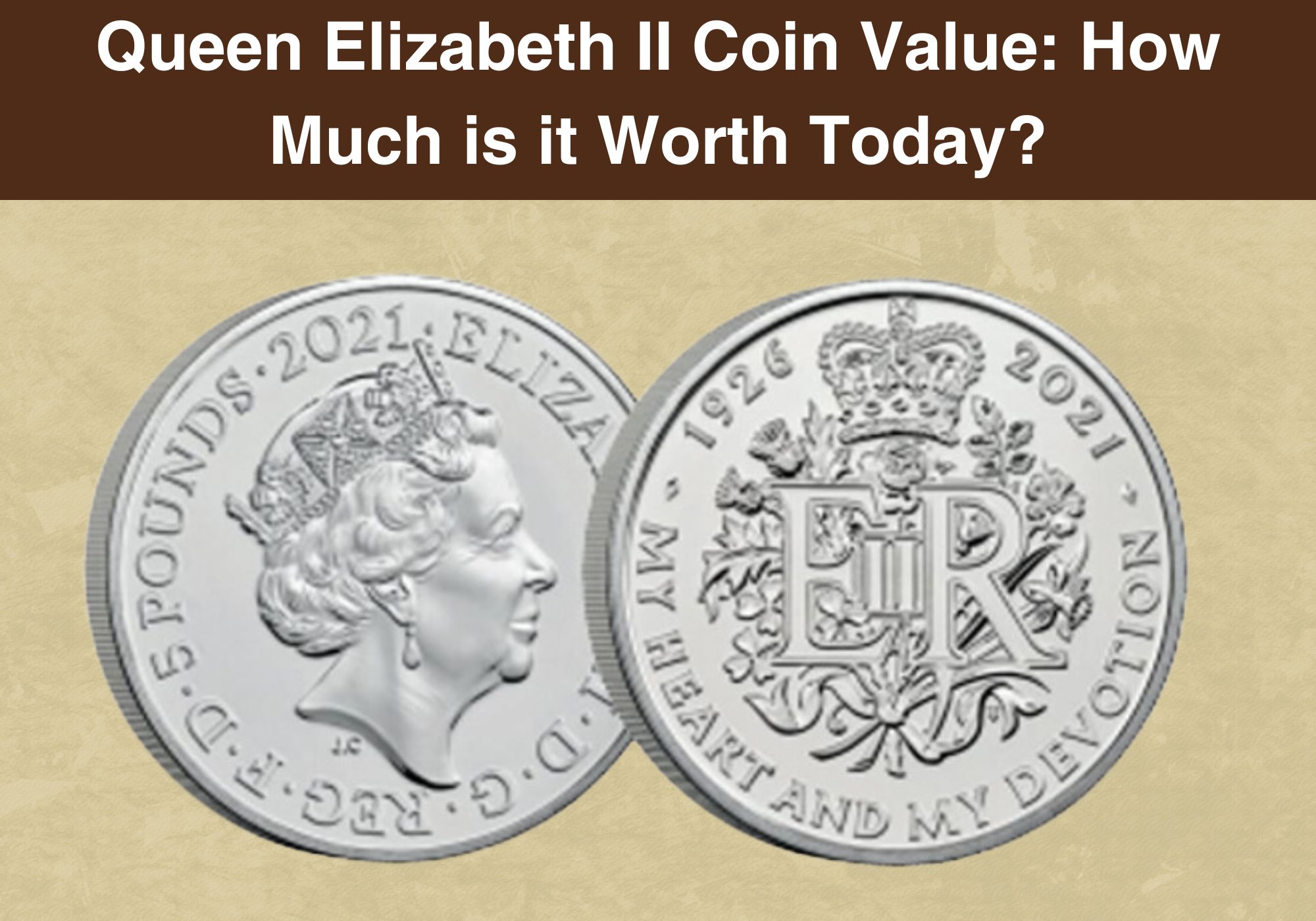
Coin Value Contents Table
Queen Elizabeth II was the longest-reigning monarch in British history. And a lot of coins were produced during the seven decades she was on the throne. So just how much is a Queen Elizabeth II coin worth?
We’re going to look at the different denominations, designs, and mint marks of Queen Elizabeth II coins. We’ll explore what to look for in a valuable coin. And we’ll discover some interesting facts along the way.
So if you’re ready, let’s get started.
Denominations of Queen Elizabeth II coins
Queen Elizabeth’s reign began in the pre-decimalization era of British coinage. At that time, one pound equaled 240 pennies.
Nine different denominations bore the Queen’s image. They were the crown, half-crown, shilling, florin, threepence (known as the “thrupenny bit”), sixpence, penny, halfpenny and farthing.
Many denominations had different designs representing the nations of the United Kingdom – England, Scotland, Wales, and Northern Ireland.
In 1971, the country moved to the decimal system. A pound now equaled 100 pence. The new denominations were the halfpenny, penny, two pence, five pence, ten pence and fifty pence.
To help people get to grips with the changes, the new five and ten-pence pieces were issued in 1968.
More change happened in 1982, with the introduction of the twenty-pence piece. That was followed a year later by the launch of the one-pound coin. And in 1984, the halfpenny was withdrawn from circulation and the pound note was discontinued.
The final change to denominations during Elizabeth II’s reign came in 1997, with the introduction of the two-pound coin. This denomination has mainly been used to commemorate significant events.
How to identify a Queen Elizabeth II coin
The majority of coins in circulation in the UK today still bear the image of Queen Elizabeth II. But that image changed a number of times over the years of her reign.
The first portrait appeared on coins issued from 1953. It showed a fresh-faced young queen with a wreath on her hair tied with ribbon. It was the work of an artist named Mary Gillick.
In 1968, some of the new decimal coins were released into circulation. These featured a new portrait of the Queen, now looking more mature, by the artist Arnold Machin. Instead of the wreath, the portrait showed the Queen wearing a tiara.
The next time the portrait was changed was in 1985. The new image of the Queen was the work of a sculptor named Raphael Maklouf. His initials, RDM, appear at the base. The Queen here is shown wearing the royal diadem, normally worn during the State Opening of Parliament.
Perhaps the most realistic portrait of the monarch to appear on any of her coins was that by Ian Rank Broadley.
It first appeared on coins issued in 1998, and caused something of a stir for the Queen’s “grumpy” expression. The artist himself stated simply that his subject “needed no flattery.”
The portrait was replaced in 2015 by one by Jody Clark, an artist from the Royal Mint. It was to be the final coin portrait of Queen Elizabeth II’s reign.
All the coins are surmounted by the words “Elizabeth II”.
Valuable Queen Elizabeth II coins in your pocket change
There are some very expensive Queen Elizabeth coins out there, including some produced specifically for collectors.
But the designs of the coins changed regularly over the years. That means that there are a huge variety of Queen Elizabeth II coins still in circulation. And some of those designs are much rarer, and more valuable than others.
So look out for one of these in your pocket change. And if you find one, don’t spend it!
Kew Gardens 50 pence
Amongst the most desirable modern Queen Elizabeth II coins is the 50-pence piece commemorating Kew Gardens.
This was issued in 2009 to celebrate the Gardens’ 250th anniversary. But it wasn’t until 2014 that the Royal Mint revealed only 210,000 of the coins had ever been struck. That made it one of the rarest of all modern mintages.
As a result, it became highly sought after by collectors, with coins changing hands on be eBay for hundreds of pounds.
As with all coins, however, condition is key. Those in poorer circulated condition are worth far more modest amounts.
At the time of writing, one example was being offered for sale on eBay for a price of £222.
Beatrix Potter Series, Jemina Puddleduck 50 pence
In 2016, the Royal Mint released a series of 50-pence pieces to commemorate the 150th anniversary of Beatrix Potter’s birth.
The coins featured some of her best-loved characters, including Peter Rabbit, the Tailor of Gloucester, and Mrs Tiggywinkle.
The series included proof coins struck in low numbers and targeted at collectors. Many of these are still available. A gold proof of the Peter Rabbit 50 pence, for example, can be purchased for £795.
But circulated coins in the rarer designs can also be worth much more than their face value.
The design featuring Jemima Puddleduck is considered one of the hardest to find. At the time of writing, circulated coins in this design were being offered online for between £12 and £20.
UK EC Presidency 50 pence
Although the Kew Gardens 50 pence is widely believed to be the rarest of that denomination, that isn’t actually the case. That honor goes to a design minted in 1992 and 1993 to mark the UK’s presidency of the European Commission.
Only 109,000 of these coins were ever struck, just over half the number of the Kew Gardens design. And they’re extremely hard to come by today.
At the time of writing, we found three online retailers offering silver-proof coins. These were coins specially produced to high standards for the collecting market. Prices ranged from £70 to £170 each.
And a gold-proof coin was on sale at almost £1,600.
But there are regular strike coins in uncirculated condition out there – so it’s not impossible to find one in your pocket change. And it’s worth a whole lot more than its face value. The only example we could find offered for sale was priced at a hefty £140.
Quintessentially British A to Z 10 pence
In 2018 and 2019, the Royal Mint struck a series of 26 different 10 pence pieces, one for each letter of the alphabet. Each one also carried the image of an historic landmark in Great Britain.
Images included the Houses of Parliament for “H”, a post box for “P”, and Stonehenge for “S”.
The different letters were minted in different quantities. The 2019 coins for “X”, “Y” and “Z” were produced in the smallest numbers, with a mintage of just 63,000 coins each. Next scarcest is the coin for “R” with a mintage a thousand higher.
The remaining coins in the 2019 mintage were also produced in low numbers – just 84,000 coins apiece. That compares to 220,000 apiece for the 2018 mintage.
At one time, it was possible to purchase uncirculated examples direct from the Mint for just £2 each. And a full set could be bought for £52. These are no longer available, however, driving up prices on the secondary market.
At the time of writing, an uncirculated example of the 2019 “Y” 10 pence piece was being offered for sale at £16.
The asking price for a 2018 “R” coin in the same condition, featuring a robin, in the same condition was £23. The higher price perhaps reflects the nation’s love for the robin, which regularly tops surveys of Britain’s favourite bird.
Prices for full sets of uncirculated coins vary according to the year of mintage. The 2018 coins are more readily available, and today, one online seller was offering a set for £109. The same seller, however, was asking £234 for the 2019 mintage.
Values for circulated coins are more modest. But if you find one of these in your pocket change, it will still be worth considerably more than its face value.
Values range from around £3 to £10, depending on condition and design.
Undated 20 pence
One of the most interesting coins from the era of Elizabeth II came about as a result of an error at the Royal Mint.
It happened in November 2008, and affected a small number of 20 pence pieces. The obverse – or “heads” side – should have been carried the mintage date of 2008. But somehow it was omitted.
The legend, however, takes up the whole of the space around the coin border – there’s no room for the missing date. So how did this happen?
Well, more than one design was used for the reverse of the 20 pence piece in 2008. One, with the Royal Shield of Arms, had no date on the reverse. That meant the obverse design needed to have the date.
But the other, the Tudor Rose, carried the date on the reverse. There was therefore no need to repeat it on the obverse of coins with that design.
Somehow, a small number of coins with the Royal Shield of Arms reverse with paired with the undated obverse that should have been used for the Tudor Rose coins. This type of error is rare, and is known as a “mule”.
Around 136 million 20 pence pieces were struck in 2008 and 2009. And this error affected only around 250,000 of them. Undated 20 pence pieces, then are very desirable to collectors of error coins.
The value of an individual coin will depend on its condition. Completed sales on eBay range from £20 to £90.
2017 Sir Isaac Newton 50 pence with die clash
Another relatively rare design was the 50 pence piece with a reverse celebrating Sir Isaac Newton. Renowned as a physicist, Newton was also the Master of the Mint for almost thirty years.
The coin was first struck in 2017, marking 375 years since his birth. The mintage was over 1.8 million. But amongst those coins, there appear to be a number of coins with a mint error known as a die clash.
A die clash occurs when the reverse and obverse dies strike each other without a planchet between them. This seems to have happened at some point during the production of the 2018 Newton 50 pence pieces.
As a result, some of the lines from the reverse design were imprinted on the obverse die. And these were then transferred to the planchets struck by those dies. The error resulted in diagonal lines crisscrossing the Queen’s portrait. They’re most visible next to her neck and chin.
At the time of writing, a coin with this error was being offered for sale on auction site eBay for £25. But a circulated example in reasonable condition had already been snapped up by one collector for £6.
2018 Sir Isaac Newton 50 pence
As we’ve already seen, the first 50 pence pieces commemorating Sir Isaac Newton were struck in 2017. The following year, production for circulation ceased. But some coins with this design were struck for a very specific purpose.
The 2018 Newton 50 pence piece was only ever available from the Royal Mint Experience. There, visitors could buy the opportunity to strike their own coin. And the total production was limited to just 20,826 coins.
That means it’s highly unusual to find one of these coins in circulation. If you want to get hold of one, your best bet is contacting a specialist coin retailer.
At the time of writing, a 2018 uncirculated Newton 50 pence in its original “I struck this coin” wallet could be purchased for £100.
Elizabeth II coins: a quickfire summary
The long reign of Elizabeth II coincided with a huge rise interest in coin collecting. The Royal Mint responded with a huge range of different designs. And some of these are very valuable today.
In most cases, the highest prices are reserved for uncirculated coins, with minimal signs of wear. But there are some coins worth far more than their face value that just might crop up in your pocket change.
Key examples include the undated 20 pence, and the Jemima Puddleduck and Kew Gardens 50 pence pieces. If you’re lucky enough to find one of these, you could be quids in!

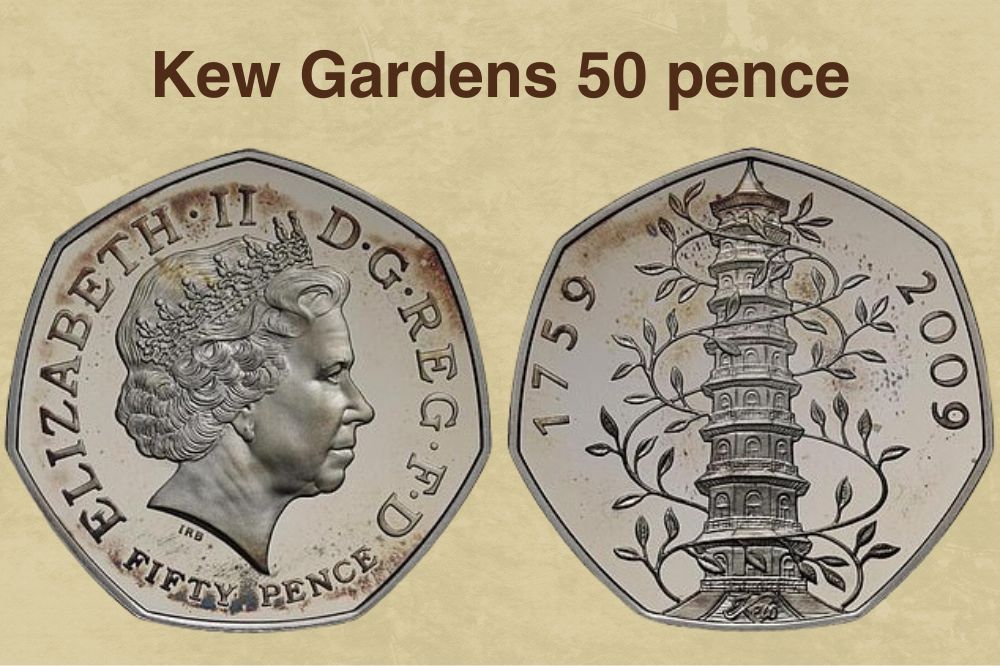
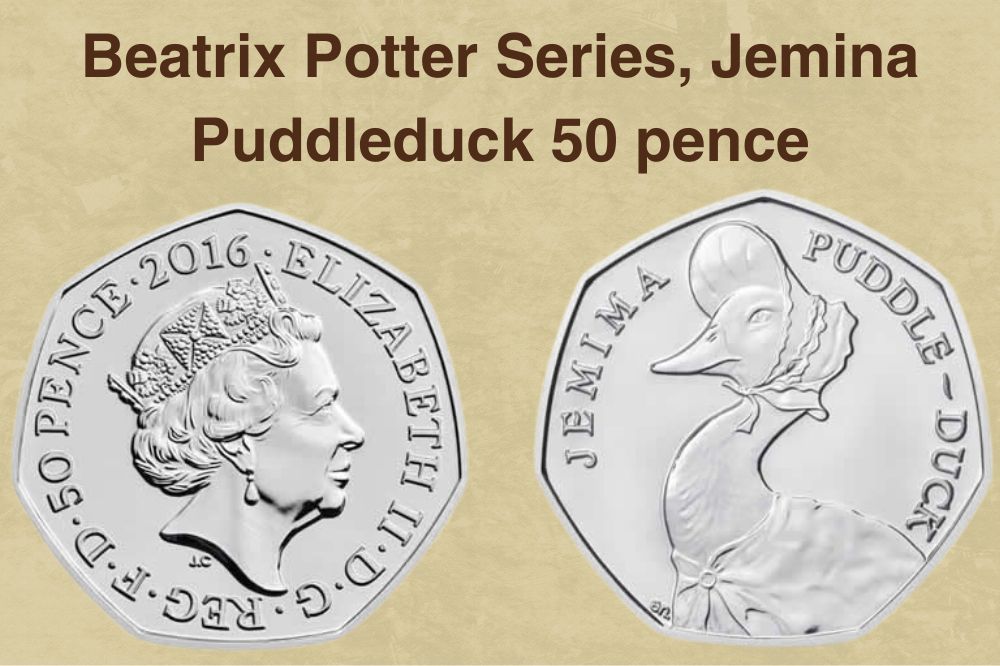
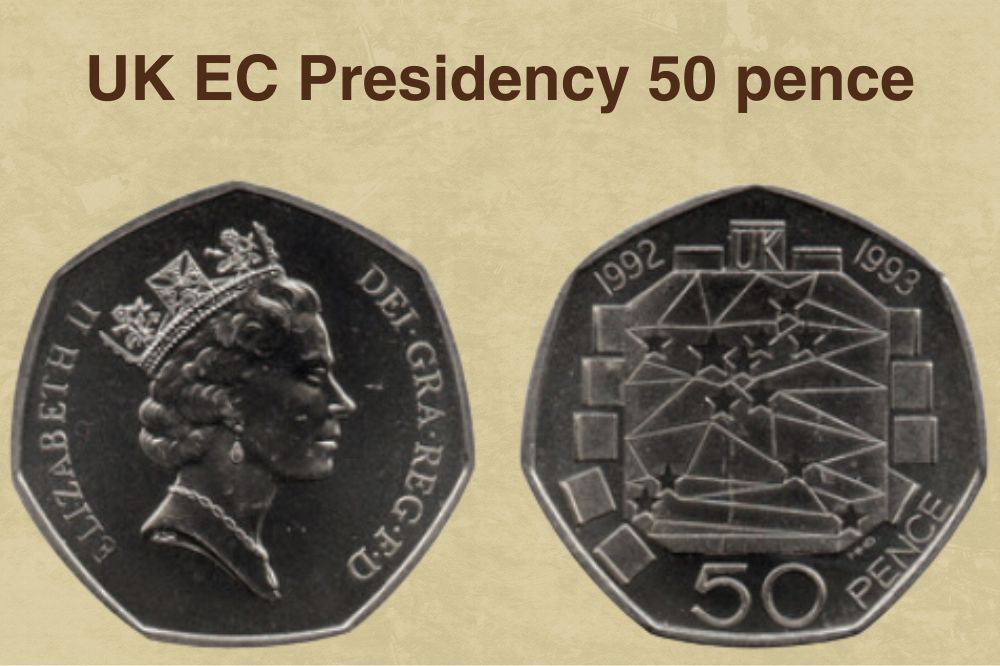
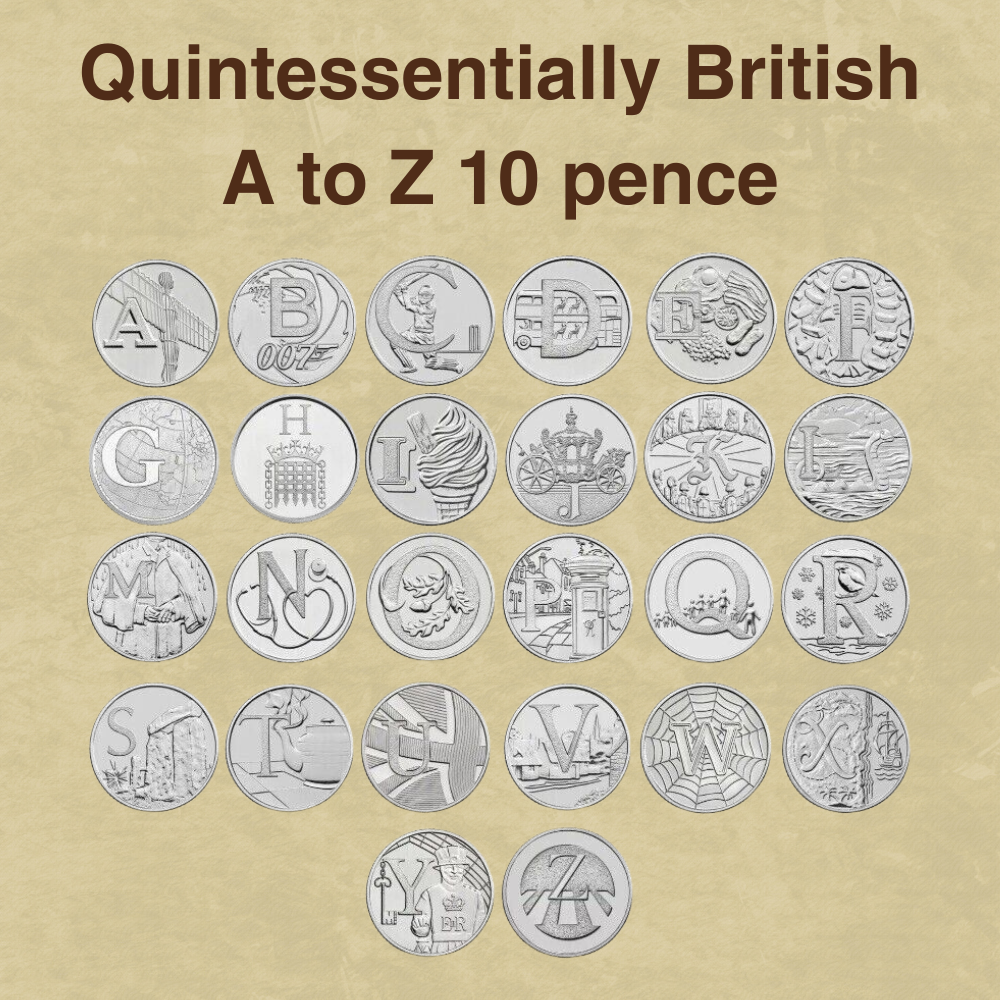
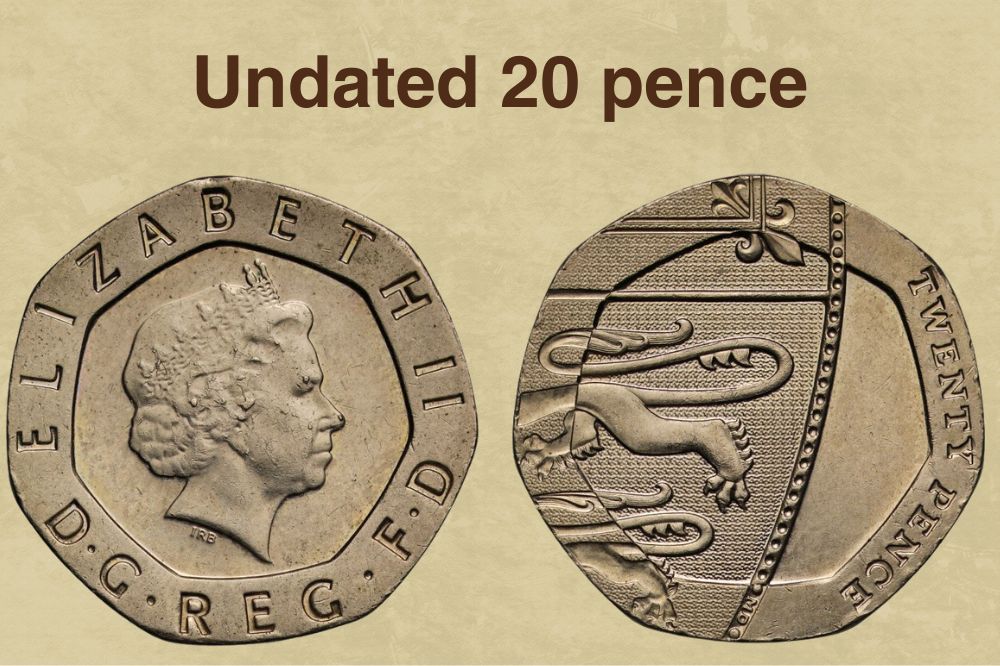
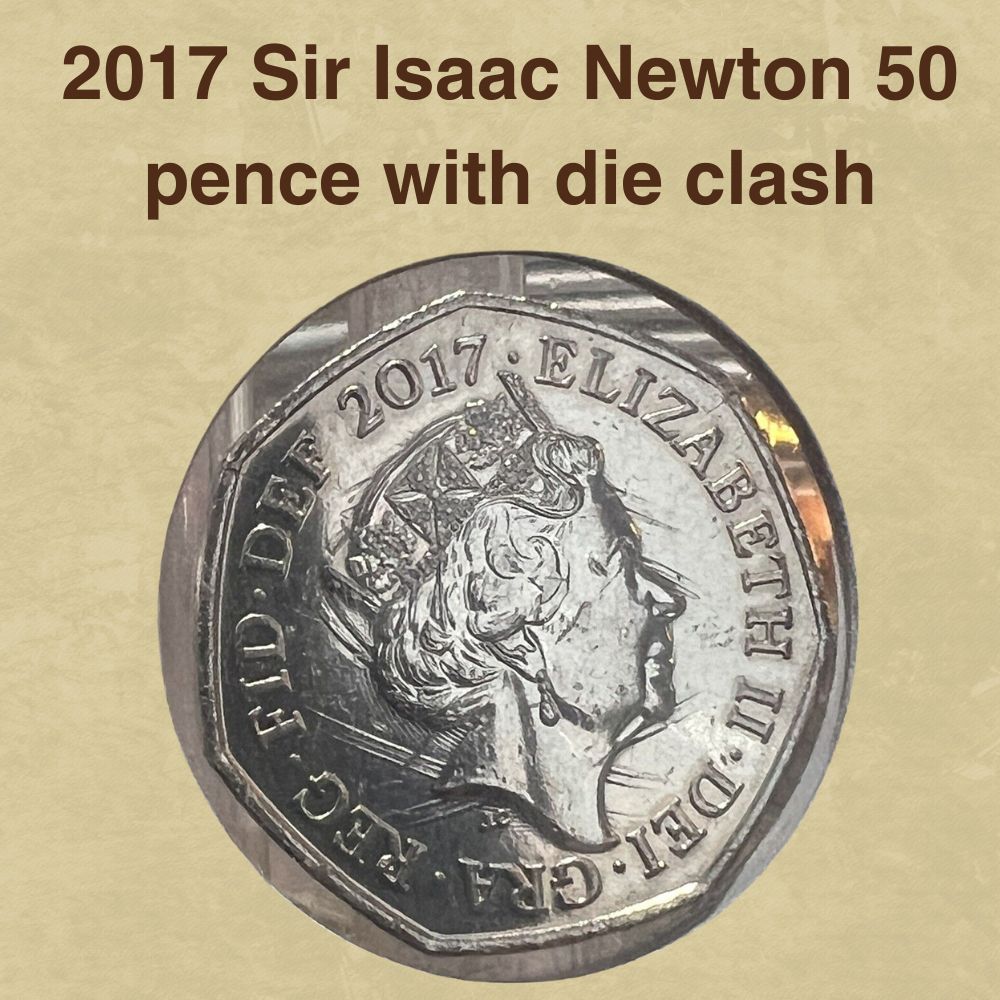
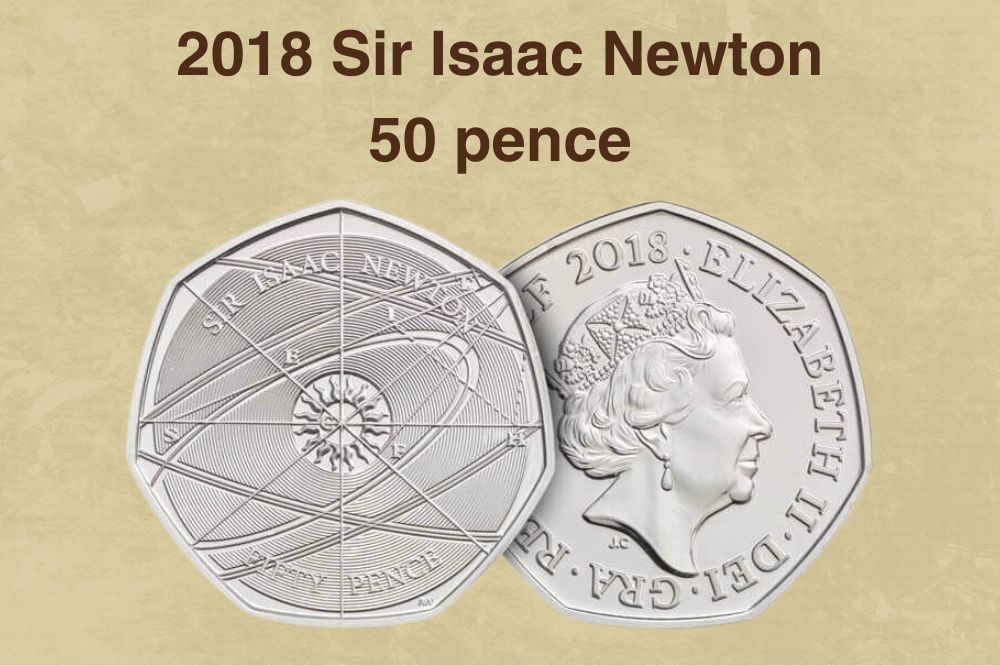
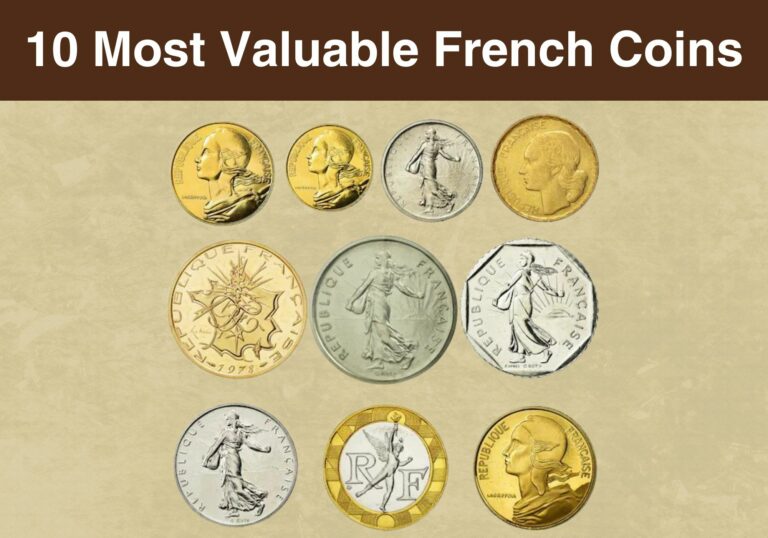
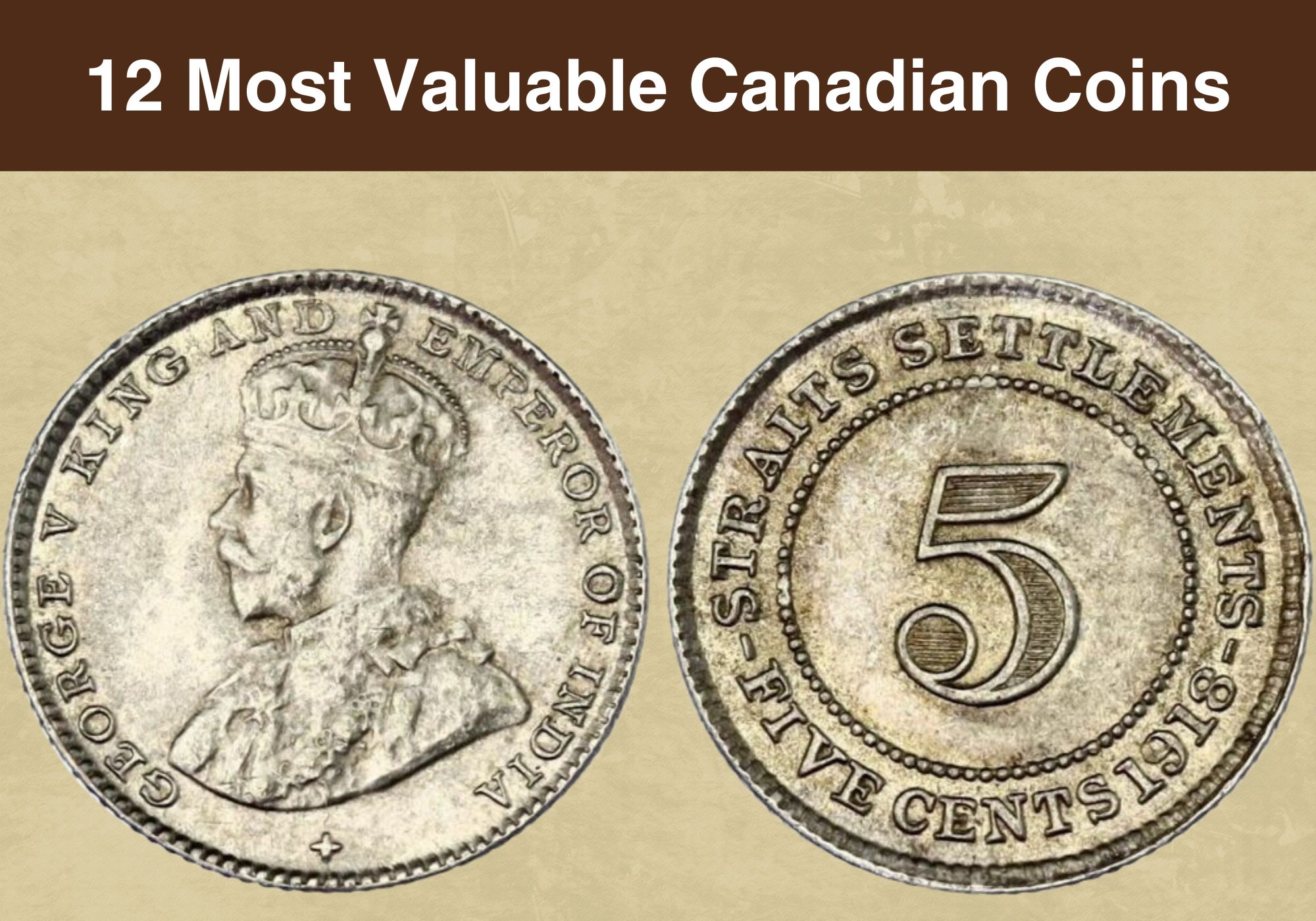
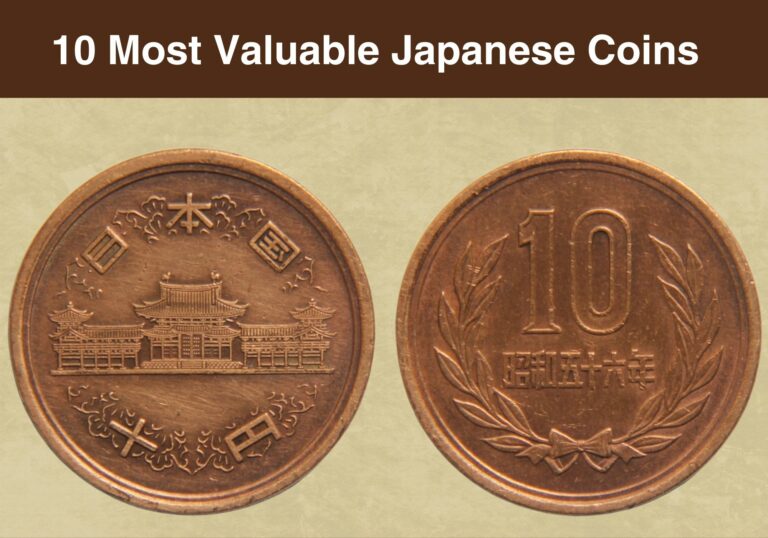
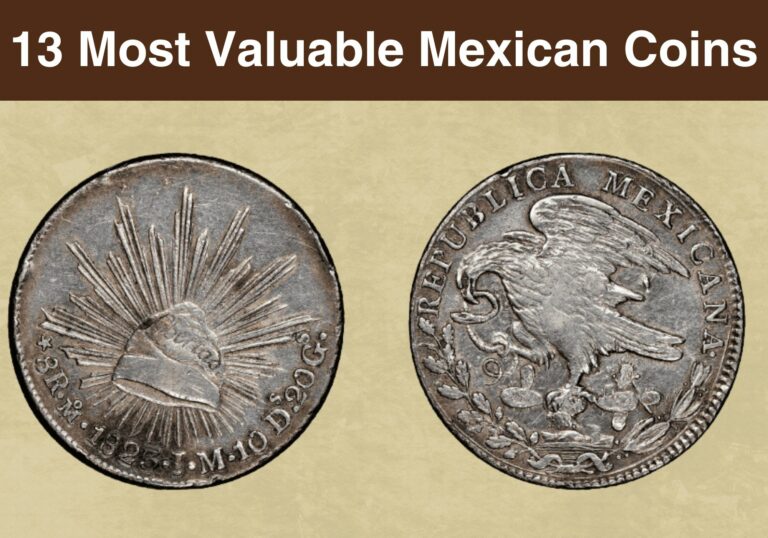
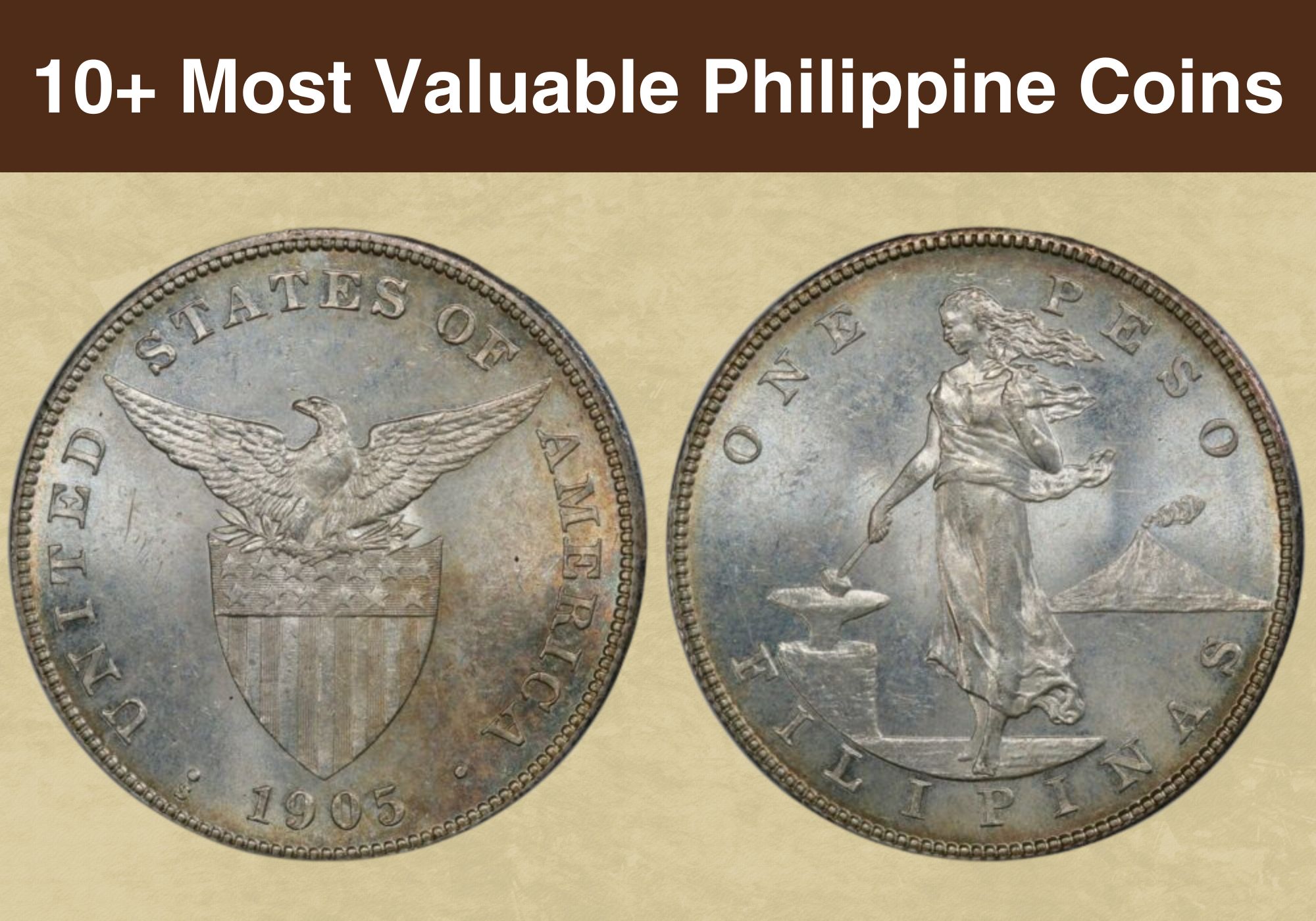
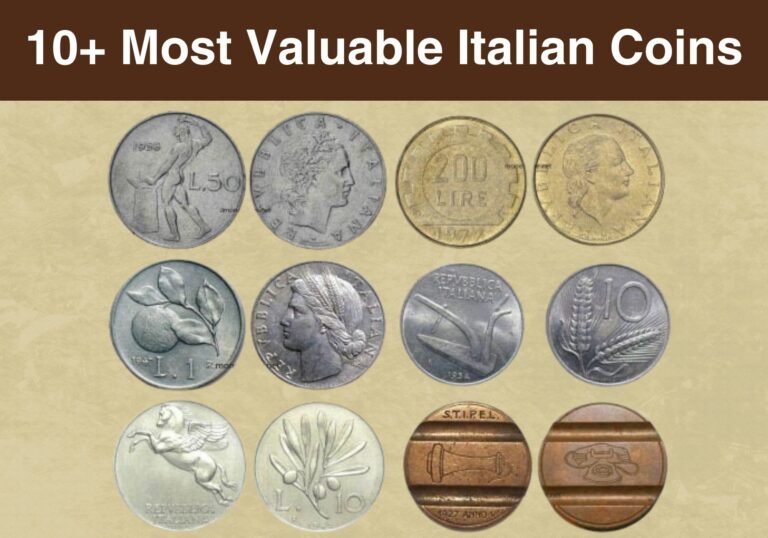
Dear Mr. John Saechao,
I enjoyed your website and looking at the very nice pictures with clear labels.
I inherited quite a number of coins. None are graded, none are in protective sheathes or binders. How do I know which ones I should spend money on, getting graded? The oldest coin I have is a 1929 penny so far. I haven’t looked at every single coin because there are other countries as well. I also have $2 bills.
Sincerely,
Teri
Good day, I have a 1980 2 NEW PENCE coin in very good condition. I understand it is very rare? I can post photos if needed. Is it worthy? Appreciate any sense of direction.